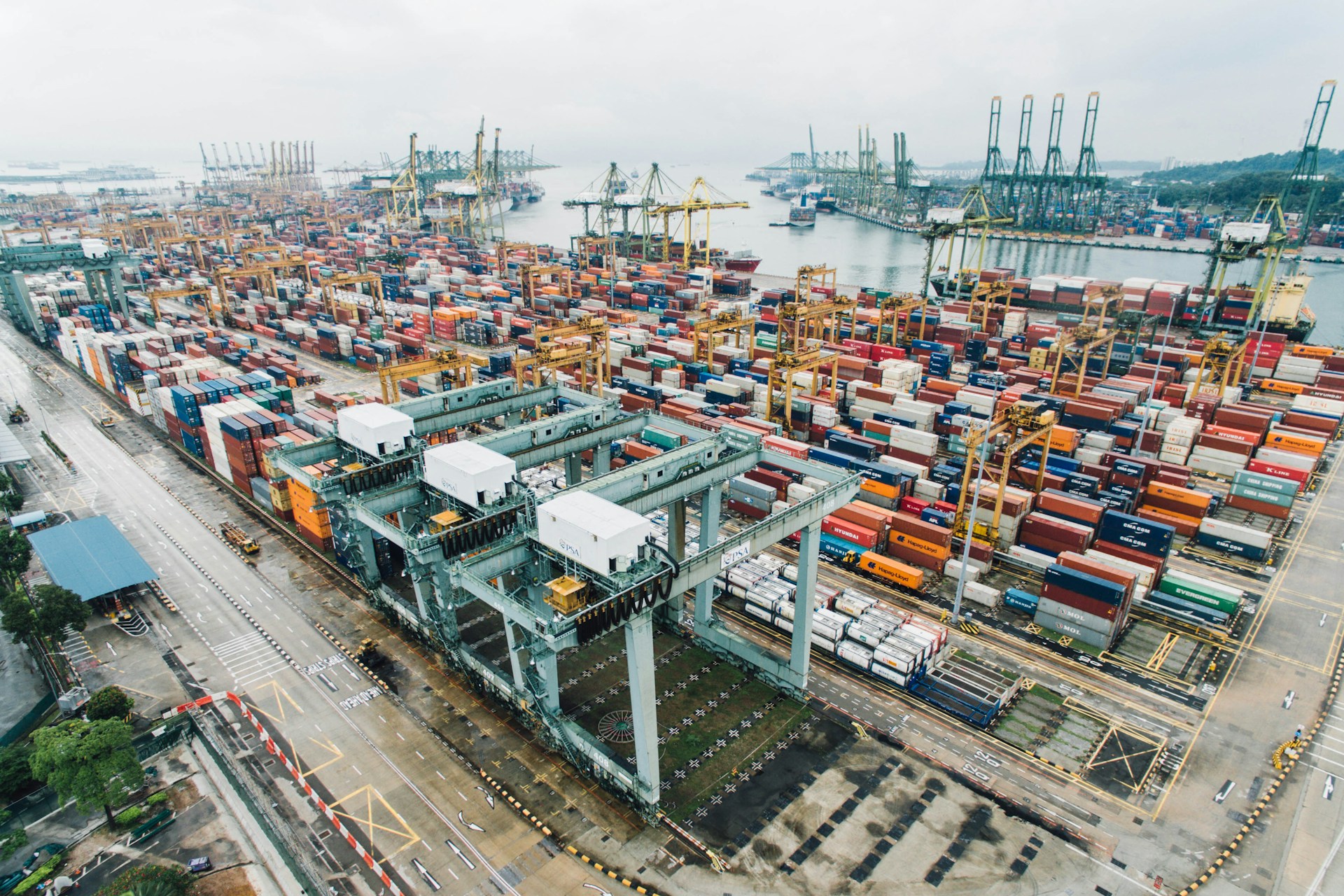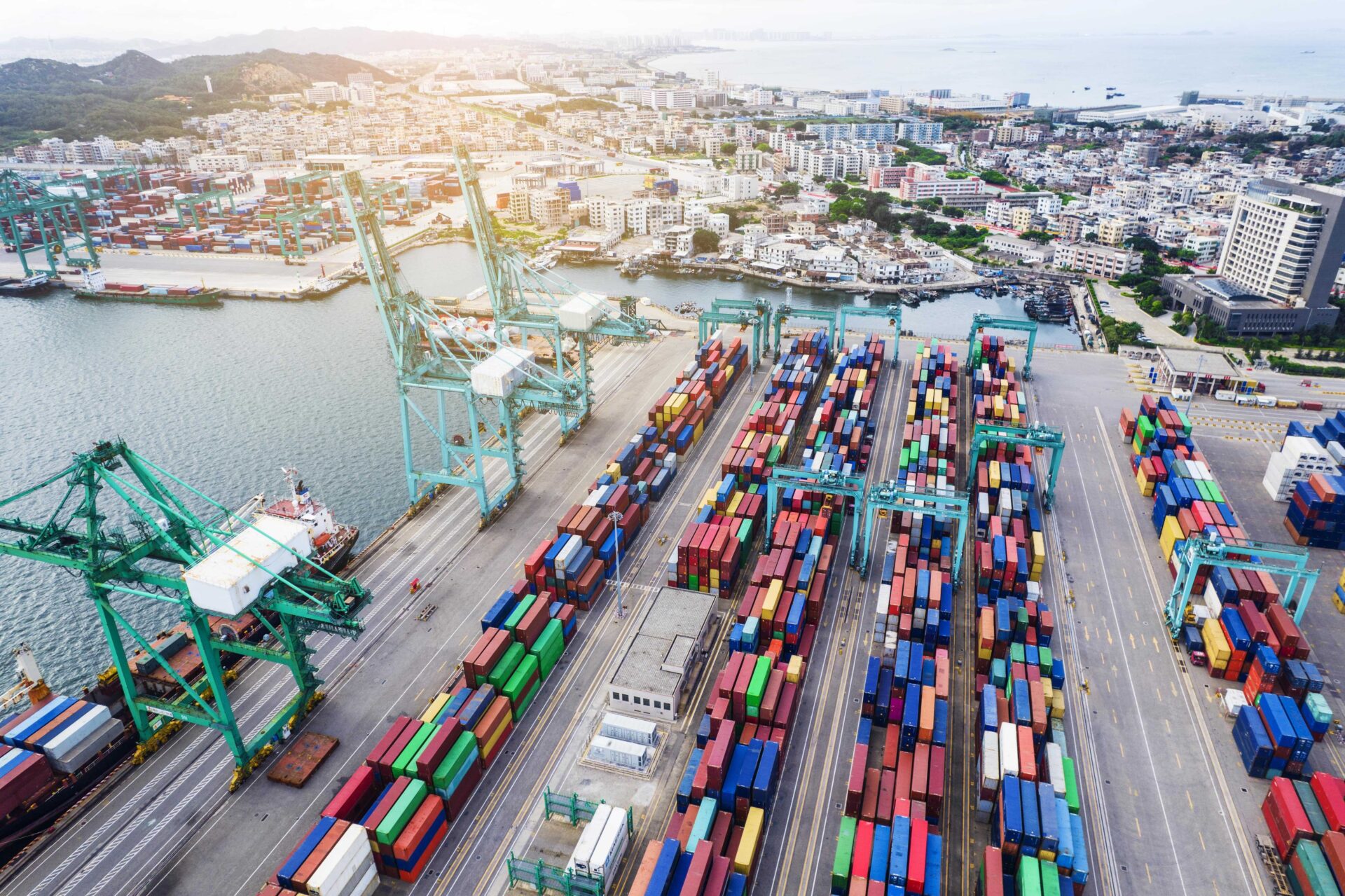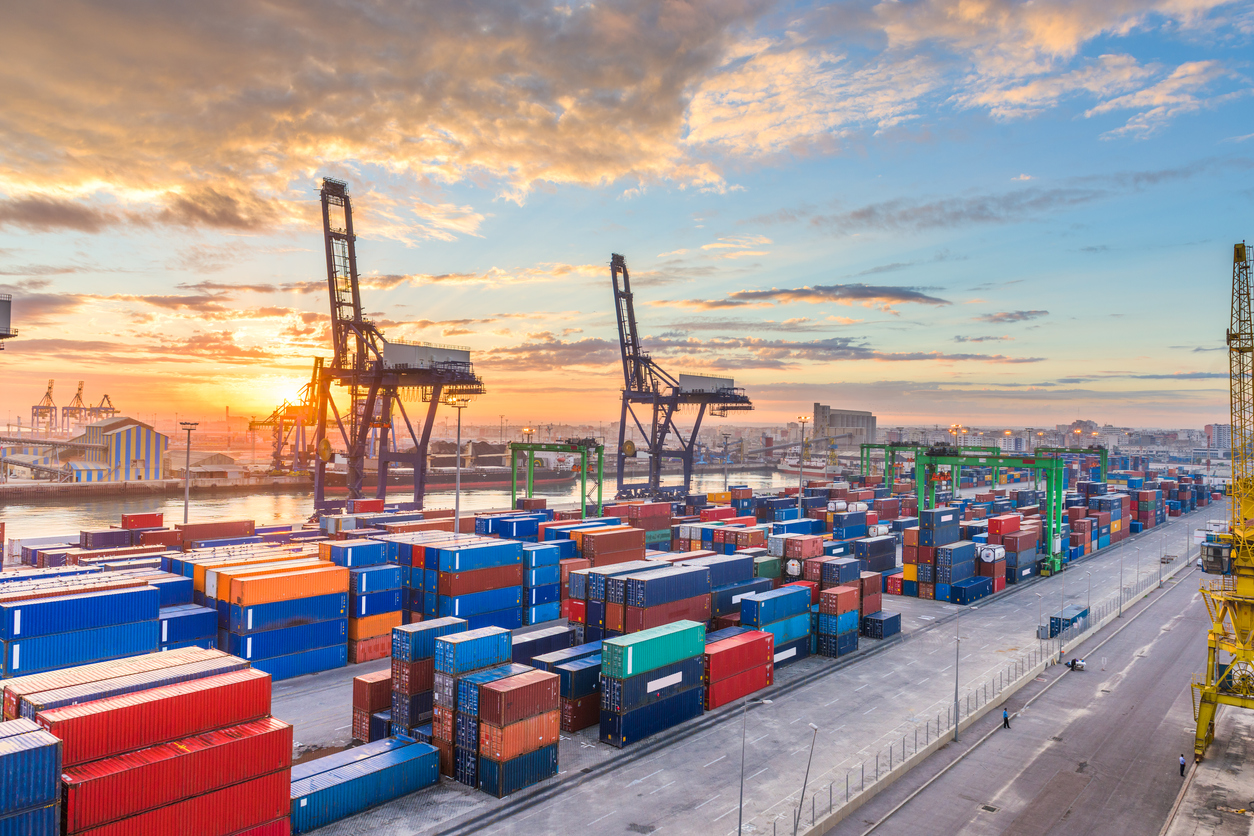In today’s globalized economy, businesses worldwide rely on efficient and cost-effective shipping solutions to connect their manufacturing hubs with international markets. One such critical route is the transit of goods from China, the world’s largest manufacturing hub, to the United States. The dynamics of ocean freight rates between these two nations are a key factor influencing logistics strategies and supply chain management. In this article, we delve into the intricacies of ocean freight rates from China to the USA, exploring the factors that impact them and highlighting the benefits of partnering with a reliable service provider like XRGLOBAL.
China’s role as a manufacturing powerhouse has made it a central player in global trade, with the US being one of its most significant export destinations. As a result, the demand for container shipping between the two countries is immense. Understanding the fluctuations in ocean freight rates is essential for importers and exporters to manage costs, meet delivery deadlines, and maintain competitiveness in the market.
Several factors contribute to the volatility of ocean freight rates from China to the USA. These include:
1. **Market Demand**: Seasonal changes, economic growth, and consumer trends can all influence demand for shipping services. Peak seasons like the holiday shopping period or Black Friday often witness a surge in demand, pushing up rates temporarily.
2. **Supply Chain Disruptions**: Unforeseen events like port congestion, labor strikes, or natural disasters can disrupt shipping schedules, leading to rate hikes. The COVID-19 pandemic has underscored the importance of resilience in supply chains, with shipping companies experiencing unprecedented challenges.
3. **Container Availability**: The shortage of shipping containers due to increased manufacturing and export volumes has led to tight supplies, driving up freight rates. Companies like XRGLOBAL, however, work diligently to secure container space and streamline operations to minimize disruptions.
4. **Fuel Prices**: Oil prices have a direct impact on the cost of maritime transportation. Fluctuations in crude oil prices translate into higher fuel surcharges, affecting overall freight rates.
5. **Policy Changes**: Tariffs, trade agreements, and regulatory updates can alter the cost structure of shipping. For instance, the ongoing Sino-US trade tensions have had a noticeable effect on the cost of transporting goods between the two countries.
XRGLOBAL, a reputable logistics company, offers a comprehensive solution for navigating these complexities. With their expertise in ocean freight, they provide real-time rate information, enabling clients to make informed decisions and lock in competitive rates. Their network of agents across China and the USA ensures timely and efficient handling of cargo, minimizing transit time and reducing potential rate hikes.
One of XRGLOBAL‘s key strengths is their commitment to transparency. They offer a user-friendly platform that allows customers to track their shipments and monitor rates, giving them visibility into potential rate fluctuations. This enables businesses to plan their budgets more effectively and avoid sudden rate spikes.
Another advantage of partnering with XRGLOBAL is their ability to negotiate favorable contracts with carriers. By consolidating volume and maintaining strong relationships, they can secure lower rates for their clients, even during periods of high demand. This translates into substantial cost savings for businesses looking to transport goods from China to the USA.
Moreover, XRGLOBAL‘s extensive knowledge of the industry and regulatory environment ensures compliance with customs regulations, reducing the risk of delays and additional fees. Their team of experienced professionals can guide businesses through the documentation process, saving time and effort.
In conclusion, understanding ocean freight rates from China to the USA is crucial for businesses seeking to optimize their supply chain and stay competitive in the global market. The myriad factors influencing these rates require careful consideration and strategic planning. Partnering with a reliable logistics provider like XRGLOBAL can simplify the process, offering competitive rates, transparent communication, and a focus on customer satisfaction. By entrusting your shipping needs to XRGLOBAL, you can navigate the ever-changing landscape of ocean freight rates with confidence.




